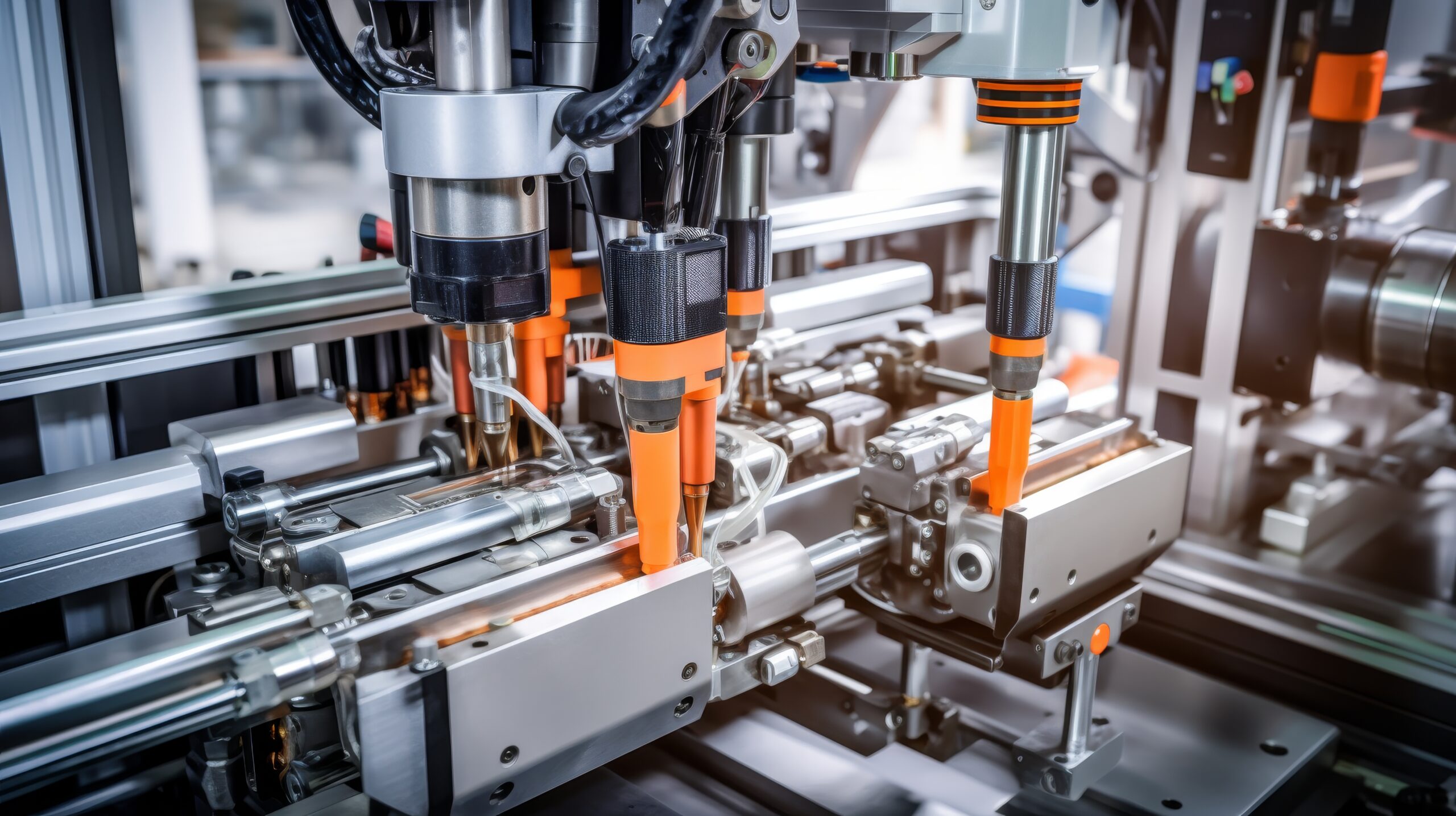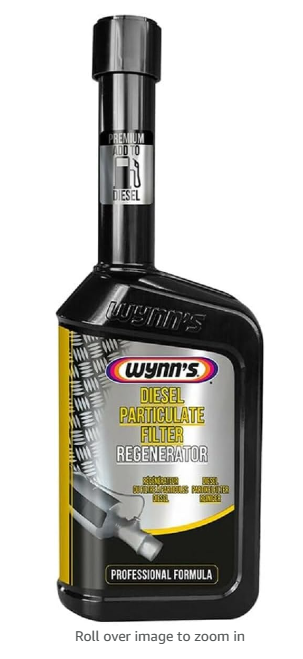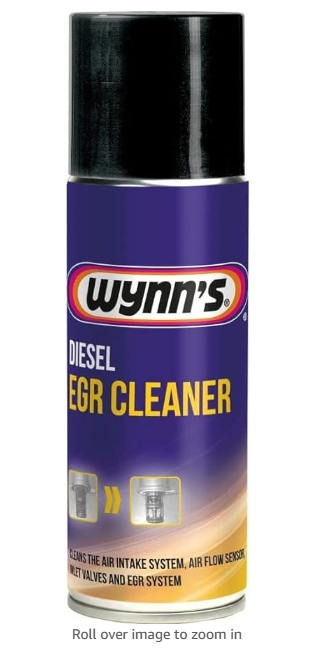Car manufacturing has undergone significant transformations over the past few decades, especially in how companies streamline production processes. Tooling, a vital aspect of manufacturing, plays a critical role in ensuring high precision, quality, and efficiency in car production. Optimizing the tooling process in car manufacturing is crucial for reducing costs, improving product consistency, and increasing production speed.
In this article, we’ll explore different ways to optimize the tooling process in car manufacturing, providing actionable insights that manufacturers can adopt to enhance productivity and maintain competitiveness.

Invest in Advanced Tooling Technologies
One of the most effective ways to optimize the tooling process in car manufacturing is by investing in advanced tooling technologies. Modern technologies include Computer Numerical Control (CNC) machines, 3D printing, and automated systems that allow for greater precision, faster production times, and reduced material waste. By utilizing these technologies, manufacturers can ensure that their tools are designed and produced with the highest level of accuracy.
Incorporating automation also helps to minimize human error, which can lead to costly mistakes. This approach allows for the production of more complex and intricate parts, which is essential in the rapidly evolving automotive industry. As a result, tooling in manufacturing has become more efficient, helping businesses remain competitive by improving overall productivity and quality control.
Implement Predictive Maintenance
Predictive maintenance spots potential issues before they cause downtime or delays in production. Using sensors, data analytics, and machine learning, manufacturers can monitor the condition of their tooling equipment in real time. If manufacturers can predict when a tool is likely to fail or need servicing, they can schedule maintenance during non-peak production times, avoiding costly interruptions. This method helps extend the lifespan of tools and reduces the frequency of unexpected breakdowns.
Standardize Tooling Procedures
Another key optimization strategy is standardizing tooling procedures across all production lines. When all processes follow a standardized method, it reduces variations, increases efficiency, and ensures consistent quality in manufacturing. Standardization also simplifies employee training and allows for smoother transitions when switching between different tooling setups. This consistency across operations can save time and reduce the risk of errors.
Enhance Tool Design for Efficiency
Optimizing the design of the tools themselves can significantly impact the entire car manufacturing process’s efficiency. Engineers and tool designers should focus on creating tools that are easier to use, last longer, and require less frequent adjustments. Tools that are ergonomically designed to reduce worker fatigue and designed for quick changeover can increase productivity. For example, incorporating modularity into tool design allows for faster assembly and disassembly, which minimizes downtime.
Integrate Tool Management Systems
Tool management systems (TMS) help manufacturers monitor and manage their tooling inventory more effectively. These systems track the usage, condition, and location of each tool, ensuring that the right tool is available when needed and preventing unnecessary downtime due to lost or damaged tools. In addition to preventing downtime, a TMS can reduce costs by alerting management when tools are nearing the end of their lifecycle, preventing overuse and ensuring timely replacement or maintenance.
Utilize Digital Twins for Tooling Optimization
A digital twin or virtual representation of a physical tool or process enables manufacturers to simulate different scenarios before actual implementation. In the automotive industry, digital twins can be used to test and refine the tooling process, identifying potential bottlenecks or inefficiencies. This predictive capability allows manufacturers to make adjustments before any physical changes occur, saving both time and money. Identify the best possible setup for tooling in advance so manufacturers can avoid disruptions during production.
Reduce Material Waste
Material waste is a significant factor that can drive up manufacturing costs. Optimizing tooling processes to minimize waste not only improves sustainability but also reduces overall expenses. This can be achieved by adopting precision tooling techniques and materials that last longer and are easier to recycle. Modern tooling technologies, such as 3D printing, also contribute to waste reduction by allowing manufacturers to produce only the exact amount of material needed for a particular part.
Train and Upskill Employees
While automation and advanced technologies are critical, human expertise remains an integral part of the manufacturing process. Training employees ensure that they are knowledgeable about the latest tooling technologies and optimization techniques. Regular training programs also enable employees to troubleshoot issues quickly and optimize processes on the fly. Upskilling employees can help manufacturers stay competitive in a fast-paced industry by improving efficiency and reducing errors.
Adopt Lean Manufacturing Principles
Lean manufacturing minimizes waste and maximizes value in the production process. When applied to the tooling process, lean principles can help manufacturers streamline their operations by eliminating unnecessary steps and focusing on continuous improvement.
For example, incorporating techniques like Kaizen (continuous improvement) and the 5S method (sort, set in order, shine, standardize, sustain) into the tooling process can significantly enhance efficiency. With lean methodologies, manufacturers can reduce lead times, improve tool utilization, and increase overall productivity.
Conclusion
Optimizing tooling in car manufacturing is vital for competitiveness. Strategies like reducing waste, upskilling employees, and using digital twins offer significant returns and drive long-term success in the automotive industry. These strategies focus on advanced technologies, predictive maintenance, and lean principles to streamline operations, reduce costs, and improve quality.



